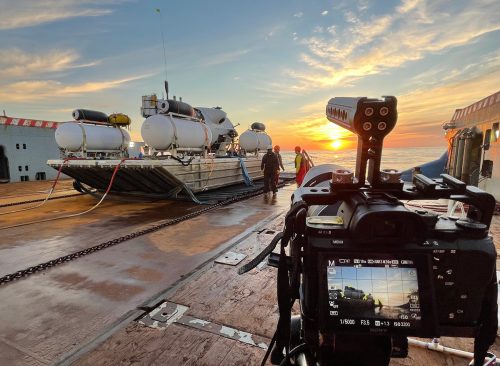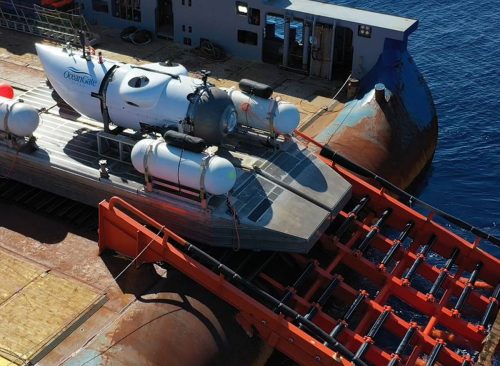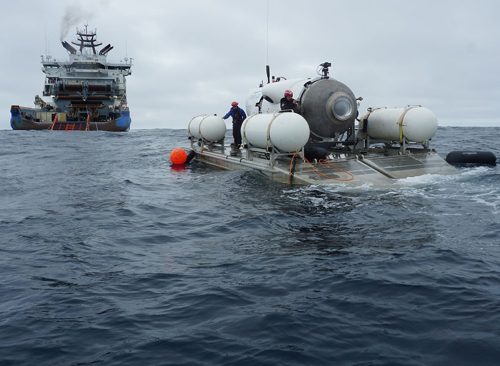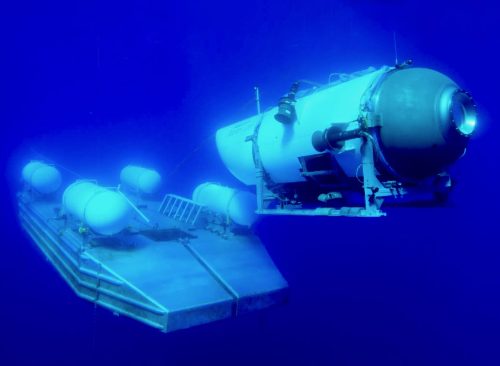On June 18, the Titan submersible experienced a catastrophic implosion, resulting in the loss of all five passengers, a tragic first in deep-sea submersible history. Engineers are now focusing on the unconventional design choices made by OceanGate, the creators of Titan. Departing from traditional spherical hulls, the pill-shaped hull raised concerns about its ability to withstand immense pressure. Additionally, the decision to use cost-effective carbon fiber instead of titanium may have compromised the sub’s structural integrity. Join us as we delve into the design flaws that may have led to this heartbreaking disaster, with details from the New York Times report on the matter after they talked to experts.

A historic tragedy struck on June 18 when the Titan submersible imploded, resulting in the loss of all five passengers – the first-ever fatalities in deep-sea submersible history. The passengers killed were Stockton Rush, the CEO of the vessel’s operator, OceanGate Expeditions; a Pakastani businessman and his son, Shahzada and Suleman Dawood; British businessman Hamish Harding; and French diver Paul-Henri Nargeolet. While investigators seek answers, engineers point to possible design weaknesses. Titan’s unique pill-shaped hull, in contrast to traditional spherical ones, may have contributed to its failure under immense pressure. Another bold choice was using cost-effective carbon fiber instead of titanium in the hull, raising concerns about its structural integrity. Moreover, bonding dissimilar materials proved challenging, potentially creating weak points. The quest for answers continues as we explore the design choices that led to this catastrophe.

OceanGate’s Titan submersible embarked on a daring endeavor, veering from traditional designs to cut costs and increase viability. The oblong pill-shaped hull provided extra room for passengers but possibly compromised its ability to withstand deep-sea pressures. In another unconventional move, carbon fiber replaced titanium in the hull, lowering weight but raising safety concerns. Bonding these dissimilar materials also posed challenges. As investigators delve into the reasons behind the fatal implosion during the Titanic wreckage dive, they scrutinize these maverick design choices, evaluating whether innovation or oversight played a more significant role.

OceanGate’s quest for innovation led them to forego traditional certification, potentially contributing to the catastrophic outcome. The absence of safety certifications, coupled with bold design choices, sparked concerns among experts. Rigorous testing and certification were deemed crucial by professionals, highlighting the potential consequences of bypassing these steps. Safety should always be the priority, especially in the high-stakes world of deep-sea exploration. The investigation into Titan’s implosion serves as a poignant reminder of the importance of adherence to proven safety standards in such ventures.

Titan’s revolutionary design suffered from a fatal flaw – joining carbon fiber and titanium in the hull. Underwater pressures subject these materials to different deformation rates, compromising the bond’s integrity. Water infiltration could degrade the carbon fiber and weaken its connection to the titanium, creating potential vulnerabilities. Additionally, stress concentrations on the viewport may have led to a fracture. Rigorous testing could have detected and prevented these risks, but gaps in the public record concerning OceanGate’s experimental sub raise questions about the extent of their safety evaluations.

OceanGate’s risk-taking with Titan proved both daring and disastrous. Departing from the norm, they opted for a carbon fiber hull, instead of the trusted titanium. While reducing weight and accommodating more crew, carbon fiber’s performance under deep-sea pressure raised eyebrows. The material excels in resisting tension but may falter under compression, potentially endangering passengers. Moreover, joining dissimilar materials in the hull construction presented challenges, which may have contributed to the fatal implosion.















